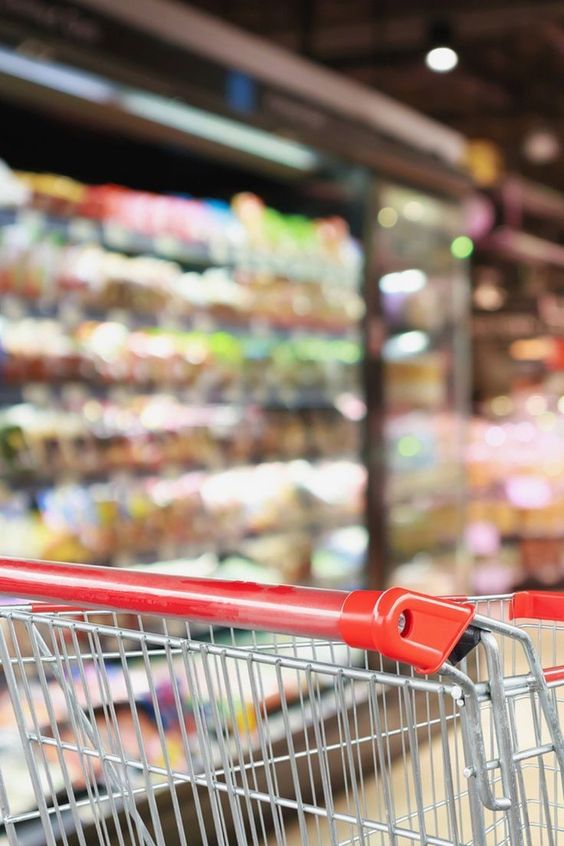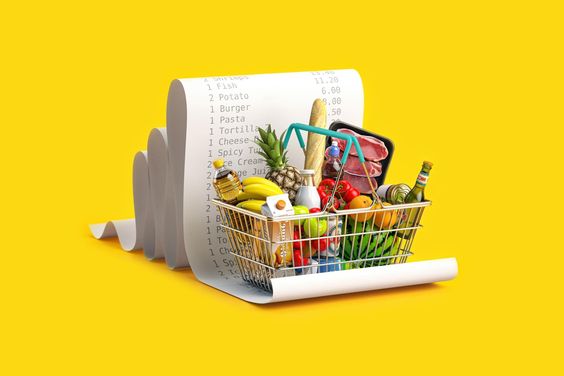
1. Supermarkets rule the food chain.
A century ago, the companies that dominated the global food trade — Cargill, Louis Dreyfus, Continental Grain, and Bunge — were wholesalers. Today, these giants are dwarfed by the supermarkets that govern the global food system from farm to fork. Walmart, the world’s largest retailer, has sales greater than 2 percent of U.S. GDP and, with 2.1 million greeters, stock clerks, and logistics officers working at its 8,416 stores from Shenzhen to Shreveport, ranks among the largest employers worldwide — only China’s army has more people on its payroll. Supermarkets first jumped to the developing world in the 1990s; now they account for more than half of food retail sales in Latin America and China.
J.D. Pooley/Getty Images
2. But this doesn’t mean we’re all eating the same stuff.
The success in Asia of Carrefour, the French giant superstore chain, didn’t come because the famously lactose-intolerant East suddenly developed a hankering for brie. Unlike, say, McDonald’s, supermarkets don’t simply impose the cultural prejudices of their home countries on others — Walmarts in Beijing stock live tortoises for turtle soup and proudly tout moisturizer made with sheep placenta (a fabled wrinkle reducer). But supermarkets are big factors in what epidemiologists call the nutrition transition: Local, fresh food is losing out to processed goods that tend to be higher in salt, fats, and sugar — and far more profitable for retailers. The result? Dramatically rising rates of obesity everywhere.

3. When it comes to surveillance, the CIA has nothing on supermarkets.
The first supermarket, King Piggly Wiggly in Memphis, Tennessee, guided the shoppers of 1916 through a maze of chicken-wire aisles until they had passed every available item and reached the checkout. Today’s supermarket Big Brothers are much more sophisticated: Modern technologies such as radio-frequency identification tagging and data-mining — Walmart’s database is second only in capacity to the Pentagon’s — are used to monitor consumer habits and maximize impulse purchases. So, it’s a good bet that the Walton family knows more about the average Chinese person than CIA director Leon Panetta does. It works the other way, too: Wall Street uses spy satellites to check whether Walmart parking lots are full, a measure of the strength of U.S. retail.
4. Supermarkets don’t like poor people.
When the first Carrefours and Tescos landed in Southeast Asia and Latin America, they picked locations in the toniest parts of Bangkok and Buenos Aires. Supermarkets have high costs — an average store stocks tens of thousands of items — and low margins: Profit is driven by high-volume purchasing. So, these “big box” stores look for consumers with cars, a significant indicator of wealth in developing countries. The irony is that supermarkets are generally cheaper than other local retailers — a box of Cheerios can be 40 percent more expensive at the bodega or the dokkan than at the megastore.
5. Variety is an illusion.
The real, evil genius of supermarkets isn’t frozen lasagna — it’s the logistical empire required to move bananas from a plantation in Honduras to your local Whole Foods. Seasonal variety has been sacrificed for ease of transport, and the farms best able to provide a monotony of fruits and vegetables with bruise-resistant flesh and waxy skins have won out. Thankfully, there’s a backlash: Urban farmers’ markets from New York’s Union Square to Tokyo’s Shibuya district have mushroomed, and farmers and consumer groups are experimenting with new technologies to distribute local agriculture. These new “super-farmers’-markets” might just be the future of food.



